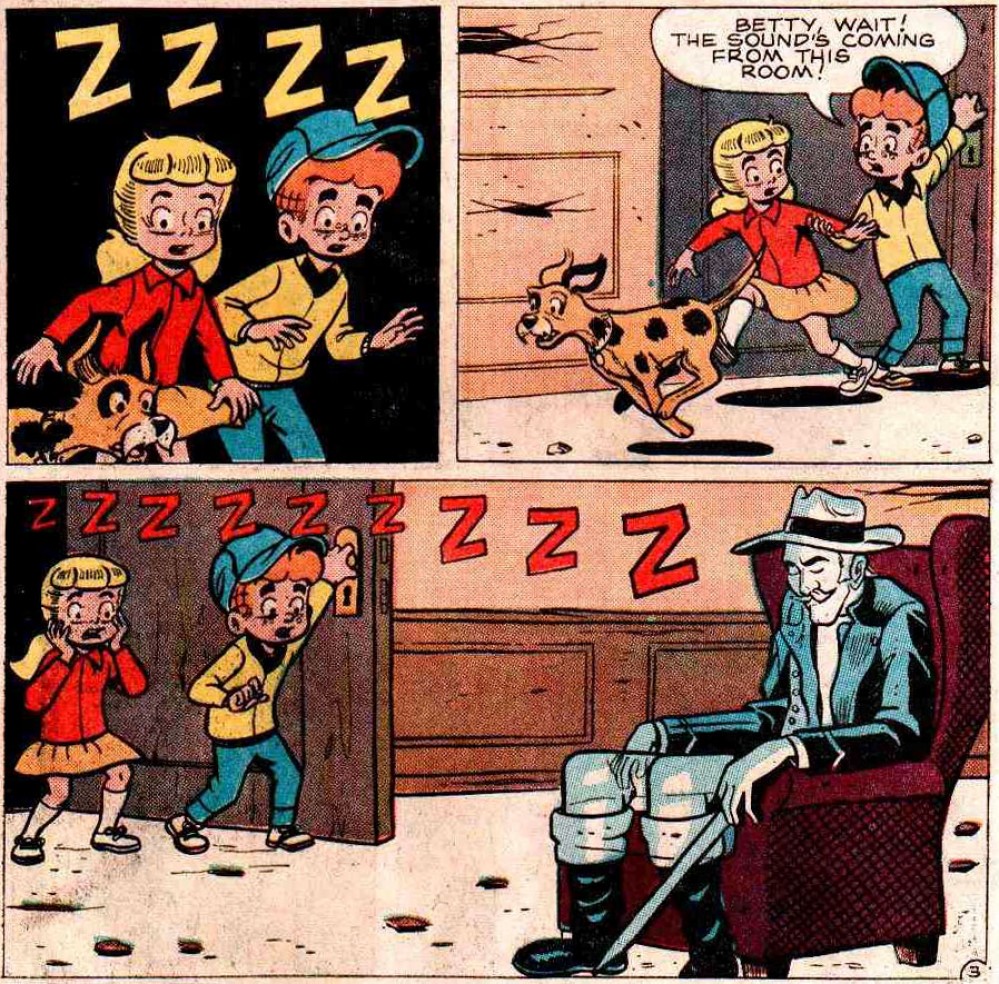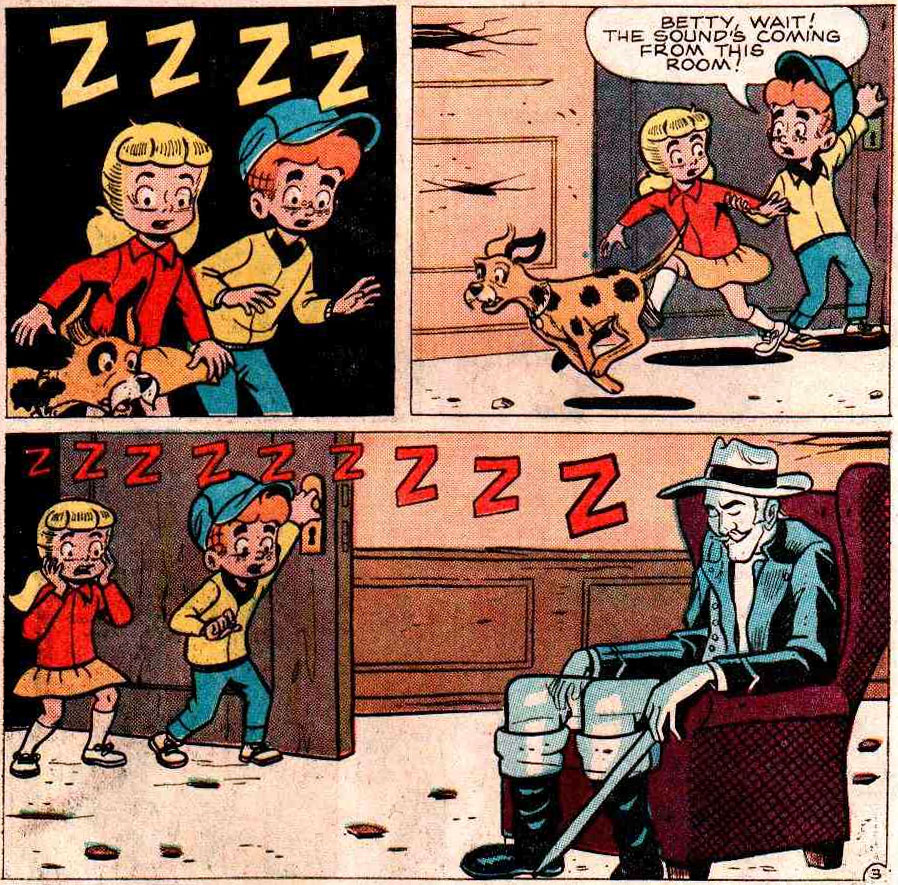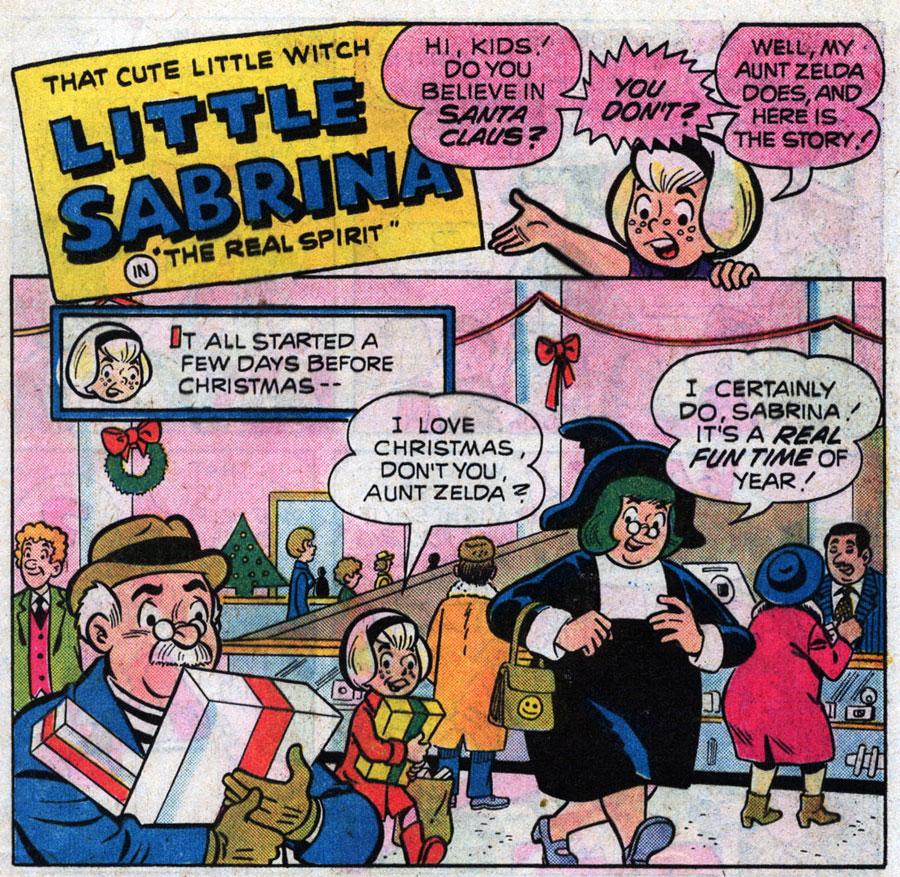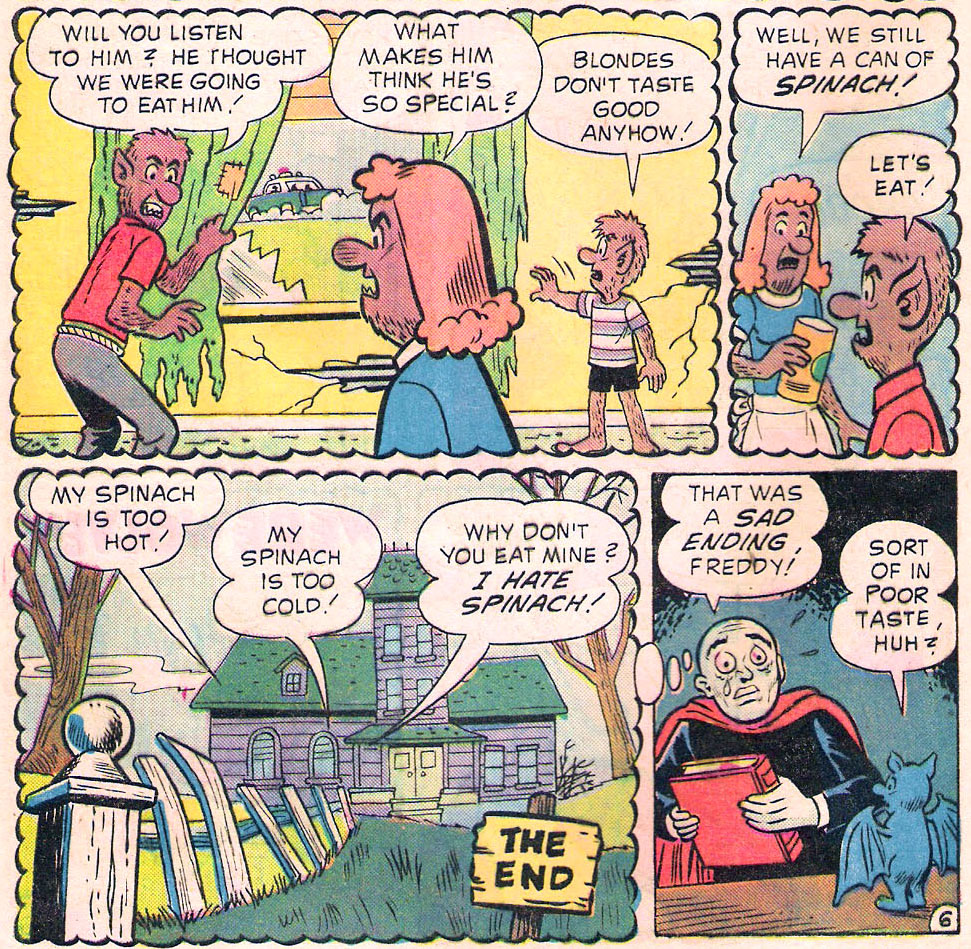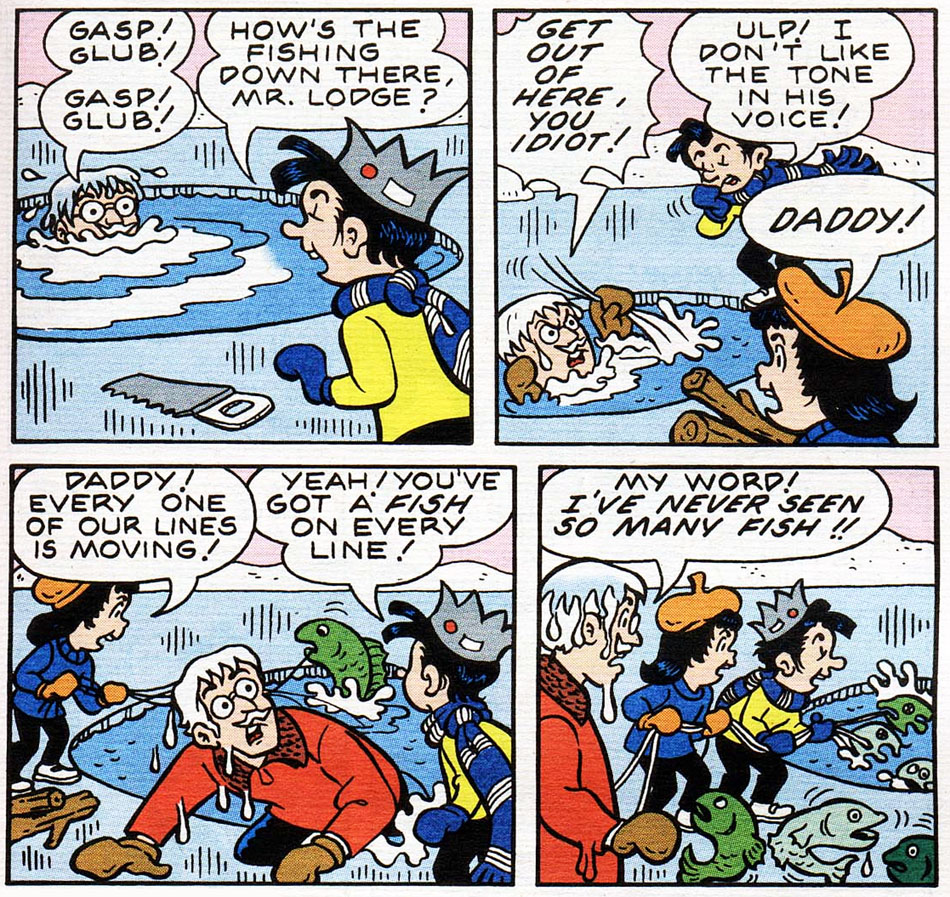'The House That Wouldn't Move' (The Adventures of Little Archie #37, Winter 1965-1966).
Dexter Taylor was an American comic book artist, with a career of over fifty years working for Archie Comics. Besides doing production work, he had a long run as writer and artist for the popular and off-the-wall 'Little Archie' series (1955-1983).
Early life
Dexter E. Taylor was born in 1931 in Brantford, Ontario, into an American family that had moved from Massachusetts to Canada in search of better job opportunities. When World War II broke out, the Taylor family returned to Massachusetts, but still moved around a lot. As a result, their son Dexter constantly had to say goodbye to new friends, and sought comfort in drawing. He found inspiration in his favorite comics, such as Alex Raymond's 'Flash Gordon', the 'Donald Duck' stories by Carl Barks and John Stanley's work on 'Little Lulu'. His talent was quickly rewarded with publications in school newspapers and town newspapers.
Archie Comics
Taylor got his artistic education at the Vesper George Art School in Boston. In an interview with the March 2004 issue of Comic Book Artist, he recalled the school didn't help him much in cartooning, but did bring him in touch with fellow artists. One of these people was Bob White, who by the early 1950s was working at Archie Comics in New York, a comic book company specializing in both children's comics and romance comics for teenagers. Their flagship characters were a group of teenagers in the town of Riverdale, consisting of Archie Andrews, Jughead Jones, Betty Cooper, Veronica Lodge and Reggie Mantle, created in 1941 by publisher John Goldwater and comic artist Bob Montana.
Through Bob White, Dexter Taylor was introduced to editor Harry Shorten, who hired him as a production artist. For the next fifty years, Dexter Taylor was working exclusively for Archie Comics, doing production work like lettering, spot illustrations, montages and coloring, but eventually also writing and drawing his own stories. In the Comic Book Artist interview, Taylor said he was trained "on-the-job" by company stalwarts like George Frese, Harry Lucey, Bob Montana and Bob Bolling, with whom he shared an apartment.
One of the first titles Dexter Taylor worked on was 'Archie's Mechanics' (1954-1955), an educational comic book about technology. Together with a specialized editor, Taylor compiled the book in his role as art editor, colorist and letterer, although the writers and artists of the actual stories have remained anonymous. Around 1955, Taylor was writing and drawing single-page gags in 'Archie's Jokebook', and then became a writer and artist for the company's funny animal title 'Super Duck'.
'Little Sabrina' (L:ittle Archie #103, February 1976).
Little Archie and other titles
By 1957, Dexter Taylor had become a regular writer and artist for back-up stories in the quarterly 'Little Archie' books, starting with issue #4. Created and developed by lead artist Bob Bolling, another Vesper George graduate, the series featured child versions of the teenage Archie cast and dared to explore more adventurous genres than the main series. In addition to the familiar romance and teen humor stories that characterized the main 'Archie' series, 'Little Archie' also featured sci-fi, western and fantasy-flavored stories. Starting with issue #36 (Fall 1965), Bob Bolling left the title as lead artist, and Dexter Taylor took over. Continuing to work in the Bolling tradition with both over-the-top escapist adventures and sensitive stories focused on emotion, Taylor worked on 'Little Archie' until the final quarterly issue in 1983. Besides stories with the regular Archie gang, the title also included a feature with a kid version of 'Sabrina the Teenage Witch'. In 1966, Taylor also introduced the kid version of Archie's short-lived superhero persona Pureheart the Powerful into the 'Little Archie' series, under the name Little Pureheart. During the 1970s, he also created 'Little Archie' stories for the anthology title 'Archie's TV Laugh-Out'. While he initially inked his own stories, Derek Taylor worked in later years with Ken Selig, Jim Amash, Jon D'Agostino or Rudy Lapick as inkers.
'Goldilocks and the Three Werewolves' (Mad House Comics #98, August 1975).
In addition to his work on 'Little Archie', Dexter Taylor additionally did an occasional story for the 'Pat the Brat' title (1956-1959), starring a mischievous, obviously modeled after Hank Ketcham's 'Dennis the Menace'. Between 1965 and 1977, he was also contributing back-up features and gag pages to '(Archie's) Mad House', a humor title with monsters, space stories and other wacky short creations. When the 'Little Archie' title ended with issue #180 in 1983, Dexter Taylor continued to write and draw stories with the characters for the company's several Digest Magazine titles, for instance special issues in the Archie Giant Series Magazine and stories in Archie's Double Digest Magazine, Jughead's Double Digest and Archie's Pals 'n' Gals Double Digest Magazine. Although his contributions became more sporadic, Dexter Taylor continued to work on 'Little Archie' stories well into the 21st century.
Recognition
In 2005, both Dexter Taylor and Bob Bolling were awarded the Inkpot Award at the Comic Con International in San Diego for their work on 'Little Archie'.
Personal life and death
Married to his wife Jackie since 1955, Dexter Taylor had three daughters and one son. An avid swimmer in his spare time, he was also active in coaching a children's swimming team. After living in the Woodside Queens neighborhood of New York City, the Taylor family spent 34 years living in Caldwell, New Jersey, before moving to West Palm Beach, Florida in 1994. Dexter Taylor passed away in April 2015. He was 84 years old.
'An Ice Place to Fish' (Jughead's Double Digest #57 (February 1999).


